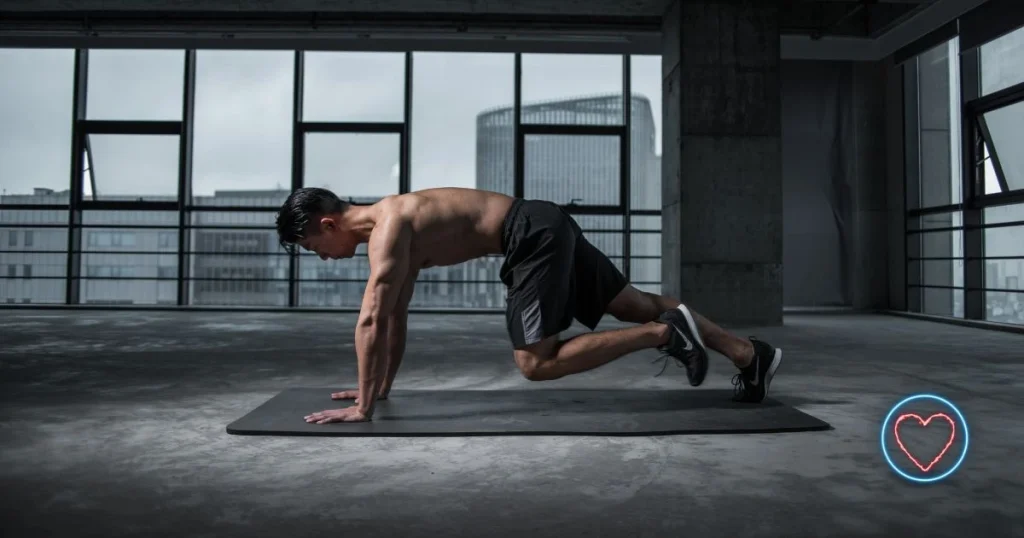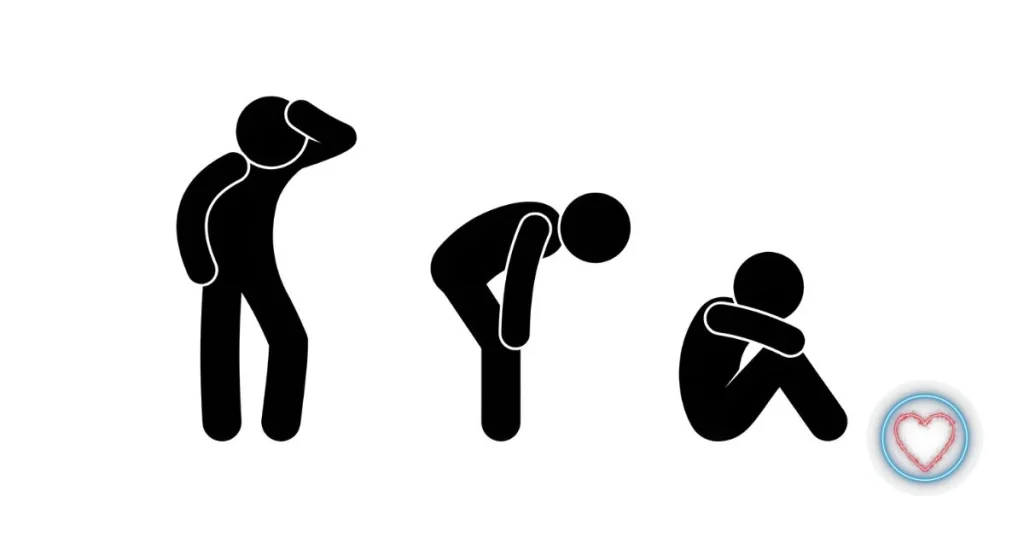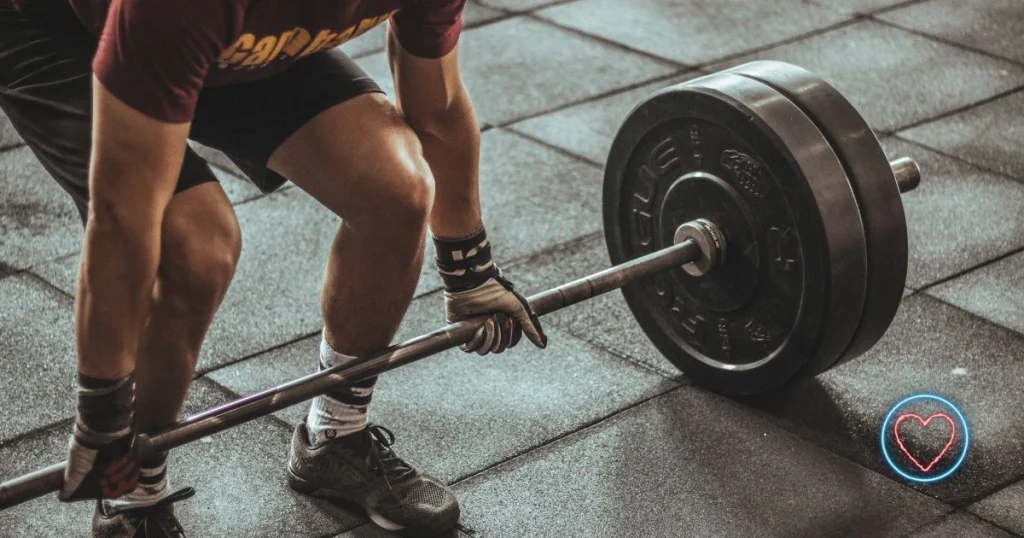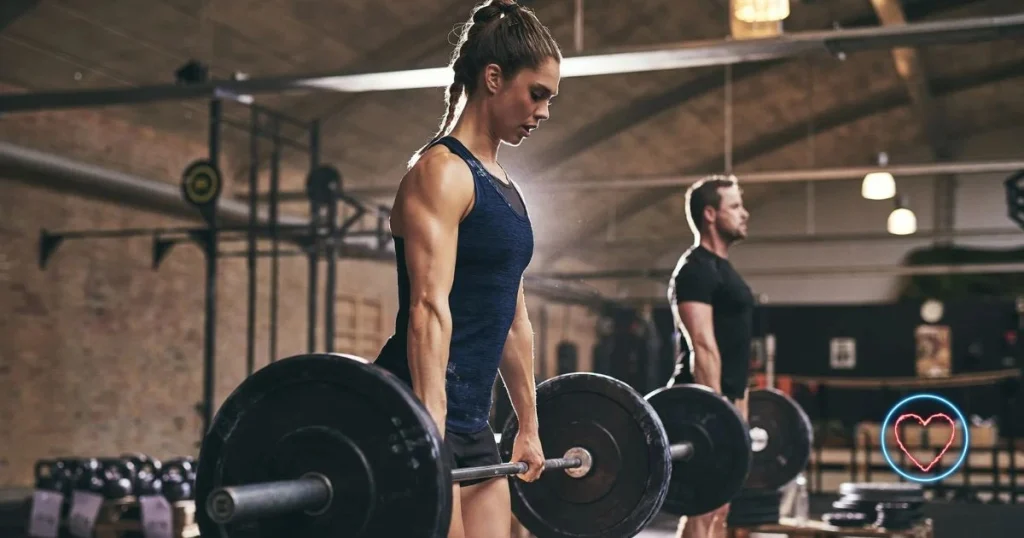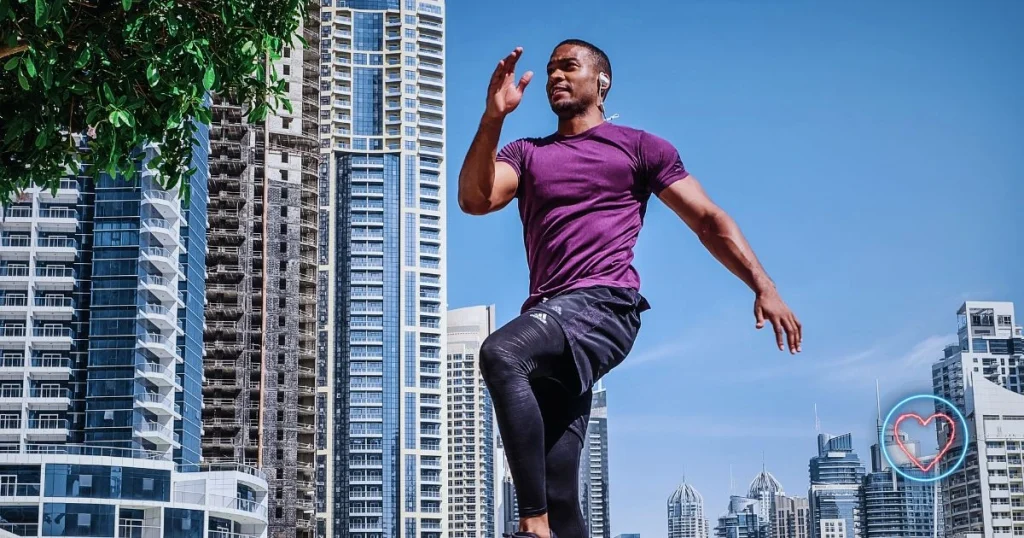In a world obsessed with appearances, fitness often gets reduced to aesthetics. Sculpted arms, flat abs, and tight glutes dominate social feeds, shaping our perception of what it means to be “fit.” But underneath that glossy surface lies a deeper question: what is fitness really for?
For a growing number of people, the answer lies in function, not just form. Functional fitness isn’t about looking good in a mirror; it’s about being capable—capable of lifting, bending, twisting, carrying, climbing, balancing, and recovering from life’s physical demands. It’s about training your body to move well today, and still move well decades from now.
This approach is practical, sustainable, and powerful. It shifts the purpose of exercise away from vanity and toward vitality. Whether you’re hauling groceries, chasing after kids, recovering from injury, or simply trying to stay active into old age, functional fitness is one of the most valuable investments you can make in your body.
Defining Functional Fitness
Functional fitness focuses on training the body to perform everyday activities more easily and safely. These workouts involve compound movements—those that engage multiple muscle groups simultaneously—and they closely mimic the real motions of daily life.
Think less about isolating your biceps, and more about strengthening your ability to lift a suitcase, push a door open, climb stairs, or catch your balance when you trip. The idea is to train for life, not just for the gym.
Functional exercises typically involve:
- Natural, multi-joint movements
- Core stabilization
- Strength across a full range of motion
- Balance and coordination
- Mobility and joint health
It’s a way of building strength that serves a purpose beyond aesthetics. And it’s adaptable to all ages and fitness levels.
A Brief History: From Rehab to Real Life
Functional fitness didn’t emerge from the bodybuilding world—it evolved from rehabilitation. Physical therapists have long used movement-based exercises to help patients recover mobility, rebuild strength, and regain independence after injury.
Over time, the principles behind these rehab routines caught the attention of athletic trainers and personal coaches. They realized that the best way to prevent injuries wasn’t through muscle isolation, but through movement integration. This led to a broader application of functional training, eventually influencing everything from CrossFit to senior wellness programs.
Today, functional fitness isn’t a niche practice. It’s the backbone of many modern training philosophies.
Why It Matters: The Benefits of Functional Fitness
1. It Prepares You for Real Life
The ultimate test of fitness isn’t what you can bench press—it’s how well you move through your day. Can you lift a laundry basket without tweaking your back? Can you walk up three flights of stairs without losing breath? Functional training helps you handle life’s physical demands with confidence.
2. It Reduces Your Risk of Injury
By training your body to move in coordinated, efficient ways, functional fitness strengthens joints, improves stability, and reinforces proper movement mechanics. This reduces your risk of both acute injuries (like falls or sprains) and chronic issues (like lower back pain or tendonitis).
3. It Builds a Stronger Core
Core strength isn’t just about abs—it’s about stability. A strong core supports your spine, enhances your posture, and provides the foundation for almost every movement your body makes.
4. It Improves Balance and Coordination
Functional fitness helps you move better in three-dimensional space. It sharpens your sense of body awareness and trains your muscles to work in harmony. The result is better balance, coordination, and reaction time.
5. It Enhances Mobility and Flexibility
Stiff joints and tight muscles can limit your freedom of movement. Functional exercises include dynamic stretches and mobility work to keep your body supple, strong, and adaptable.
6. It’s Time-Efficient and Effective
Functional training uses compound movements that engage multiple muscle groups at once. This means you get more work done in less time, making it ideal for busy lifestyles.
Core Principles of a Functional Fitness Program
A well-rounded functional fitness plan combines several core elements:
- Strength Training using movements like squats, lunges, and deadlifts that mirror real-life tasks.
- Aerobic Conditioning to build endurance and support heart health.
- Mobility and Flexibility Work to maintain joint health and fluid motion.
- Balance and Stability Training to enhance coordination and prevent falls.
- Core Activation to strengthen the muscles that stabilize your entire body.
The goal isn’t to train muscles in isolation, but to train your body as a coordinated system.
Sample Functional Movements
Here are a few foundational exercises that embody the philosophy of functional fitness:
- Squats: Strengthen your hips, glutes, quads, and core—useful for sitting, standing, and lifting.
- Deadlifts: Reinforce proper bending and lifting mechanics.
- Lunges: Improve unilateral strength, balance, and hip mobility.
- Push-ups: Develop upper body strength and shoulder stability.
- Rows or Pull-ups: Enhance pulling power and posture control.
- Farmer’s Carries: Train grip strength, core stability, and postural endurance.
- Step-ups: Mimic stair-climbing and build lower-body strength.
- Planks: Activate deep core stabilizers and shoulder girdle.
Each of these movements can be modified for beginners or intensified for advanced practitioners.
Functional Fitness Across the Lifespan
This type of training is uniquely adaptable, making it suitable for people at every stage of life.
Young Adults and Athletes
For this group, functional training supports athletic performance, muscle balance, and injury prevention. It also lays the groundwork for a lifelong relationship with exercise that goes beyond physique.
Working Adults
Sitting for hours at a desk takes a toll. Functional fitness helps reverse the effects of sedentary living by promoting spinal health, hip mobility, and posture correction.
Older Adults
Functional training is crucial for maintaining independence. It supports balance, coordination, and strength, reducing the risk of falls and improving quality of life.
No matter your age, your body benefits from moving with purpose and control.
How It Differs from Traditional Gym Workouts
To understand the value of functional fitness, it helps to compare it to conventional gym routines:
| Feature | Traditional Strength Training | Functional Fitness |
|---|---|---|
| Focus | Isolated muscle groups | Integrated movement |
| Equipment | Machines, fixed weights | Bodyweight, free weights |
| Goal | Size, strength, aesthetics | Real-world movement |
| Range of Motion | Often limited | Full range, multi-directional |
| Core Activation | Minimal | Central to every movement |
| Injury Prevention | Less emphasized | High priority |
Rather than replace traditional strength training, functional fitness complements it—offering a more holistic, practical approach to well-being.
Functional Fitness in the Modern World
As interest in holistic wellness grows, functional fitness has become a dominant force in personal training and group exercise. Here are a few trends shaping its future:
- Personalized Digital Programs: Apps now deliver adaptive workouts based on real-time movement assessments.
- Wearable Motion Analysis: Smart sensors can now correct posture and technique on the spot.
- Hybrid Workouts: Classes like F45, CrossFit, and HIIT blend cardio and functional strength in dynamic ways.
- Corporate Integration: More companies now offer functional movement screenings and training in workplace wellness programs.
- Home-Friendly Equipment: Resistance bands, suspension trainers, and compact weights make it easier than ever to train functionally at home.
What’s clear is that functional training isn’t a passing trend—it’s a practical solution for modern life.
Common Pitfalls to Avoid
As with any approach to fitness, there are mistakes that can compromise results or cause injury:
- Rushing Progression: Don’t jump into complex moves without mastering the basics.
- Neglecting Mobility: Limited joint range can hold back your performance or cause discomfort.
- Using Poor Form: Functional movements demand quality, not speed or load. Technique should always come first.
- Skipping Recovery: Rest, hydration, and sleep are non-negotiable for sustainable progress.
- Forgetting the “Why”: Always return to the purpose: building a body that serves you well in life.
Train smart, listen to your body, and focus on longevity over intensity.
Getting Started with Functional Fitness
You don’t need a fancy gym or expensive gear to begin. You just need awareness and intent. Here’s how to ease into it:
- Start with a Movement Assessment – Identify weaknesses or imbalances.
- Focus on Bodyweight Movements – Master these before adding external resistance.
- Incorporate Core and Balance Work – Every routine should challenge your stability.
- Train Across All Planes of Motion – Include forward, backward, lateral, and rotational movements.
- Listen to Your Body – Rest when needed, and progress only when you’re ready.
- Seek Guidance if Needed – A qualified coach can help tailor your plan and refine your technique.
Final Thoughts
Functional fitness is more than a workout style—it’s a philosophy. It’s a return to purpose-driven movement, where the emphasis is not on how your body looks, but how it performs, endures, and adapts.
As you grow stronger in the ways that matter—carrying groceries without strain, moving through your day with energy, playing with your kids or grandkids without discomfort—you’ll come to see that fitness is freedom.
And that’s the kind of strength worth pursuing.
